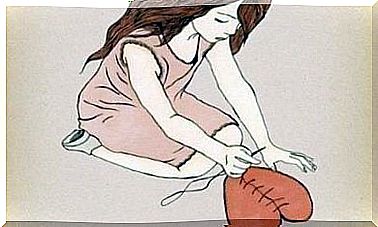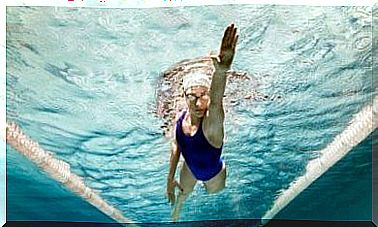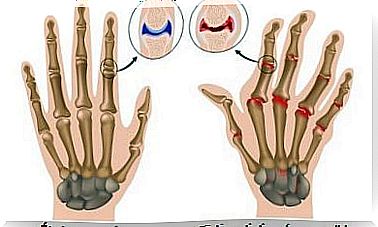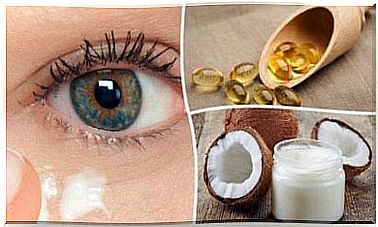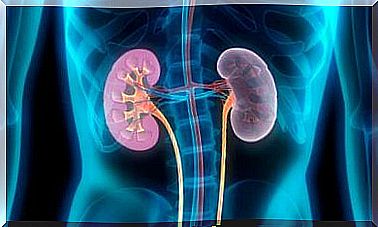Remedies For Spider Veins On The Legs
Exercise is essential to prevent the appearance of varicose veins. To improve blood circulation, we don’t need to go to the gym. We just have to go up or down the stairs, or even walk barefoot.
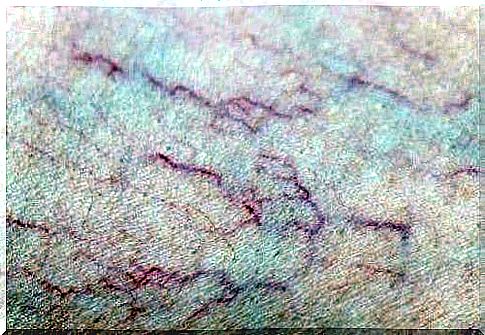
Do you have any on your legs? Spider veins are small blood vessels that appear on our skin as branches that are purple or reddish in color.
They are annoying, painful and do not make us want to expose our legs to the sun. Some resort to surgery, but you should know that there are remedies that can soothe their effects. Do you want to know which ones?
How to soothe the effects of spider veins?
They appear on the ankles, calves, and thighs. In general, three factors are at the origin of their appearance: genetic heritage, poor circulation or a poor lifestyle (poor diet, sedentary lifestyle, etc.).
Sometimes varicose veins or spider veins happen for no reason, but most of the time they are the result of one of these factors. If this is your case, we advise you to take measures to prevent their development.
1. Cold baths for the legs

They are very effective. Every morning in the shower, spray your legs for 5 minutes with cold water. You can also soak a towel in cold water and wrap it around your legs.
This method helps to relieve the inflammation of spider veins and helps to tone the circulation while providing a pleasant feeling of soothing to start the day well.
It is therefore recommended to follow this method every morning.
2. Don’t forget the antioxidants
Now you know that you have to start all your days with a little cold shower for your legs. What if from today you also have a good orange juice? Excellent.
Indeed, antioxidants are essential to improve circulation, to oxygenate the blood, and to give us tone. Get in the habit of consuming lemons, grapefruits, strawberries, raspberries, tomatoes, kiwis …
3. Sleep with your legs elevated
Don’t raise them too much. Simply place a cushion under your legs to keep them slightly elevated to facilitate circulation and prevent spider veins from growing.
4. Apple cider vinegar remedy
Does that surprise you? Apple cider vinegar is an excellent tonic and muscle relaxant. It is used in particular to reactivate our circulation. How to use it ?
It is very simple ! Take a cloth and soak it in apple cider vinegar, then apply it to the area where the spider veins are. Keep the cloth for about twenty minutes on the area to be treated. If you repeat this action daily, the spider veins will gradually subside.
5. Avocado and rosehip cream against spider veins

This remedy is particularly recommended after each depilation. In addition to relieving and calming our skin, it helps reactivate circulation and oxygenate us.
Certainly, creams that contain these same ingredients are very expensive, and you might think that rosehip essential oil is difficult to get hold of. In fact, it’s very fashionable these days, and can be easily found in health food stores or drugstores.
It is widely used for beauty care, and can effectively treat skin problems. Combined with avocado, it is therefore untreatable with spider veins. So remember to apply this treatment after each depilation.
How to prepare cream against spider veins?
You will need a medium avocado and 10 drops of rosehip oil. Take the flesh of the avocado, and especially the greenest part, which is stuck to the avocado kernel, because it contains more healing properties.
Then place the flesh in a bowl and stir in 10 drops of rosehip oil. Mix until you obtain a homogeneous cream that you will apply to your skin.
Once the cream is ready, the most difficult remains to be done! It should be applied to the areas where spider veins appear.
It is important to apply this cream from the bottom to the top by making small circular movements counterclockwise. Leave it on for 15 minutes so that your skin has time to absorb it. Then rinse your legs with cold water.
This treatment will leave your legs feeling soft and hydrated, and will reduce these life-threatening spider veins.
